What is guided self-help?
Guided self-help involves using self-help materials based on Cognitive-Behavioural Therapy (CBT) to learn techniques to help manage symptoms of depression, anxiety, panic attacks, phobias and stress with the help of a Psychological Wellbeing Practitioner. You will be asked to do some simple in-between session tasks and the emphasis will be on providing you with techniques and coping strategies that you can use in the long term.
What happens in guided self-help sessions?
Each session will last up to 30 minutes; therefore sessions will be focused and structured in order for you to get the most out of your treatment. Guided self-help is a collaborative treatment, so together in each session, you and a Psychological Wellbeing Practitioner will aim to:
- Set an agenda for the session
- Identify your priorities and goals for the session
- Work through a range of guided self-help booklets
- Guide you in how to use the guided self-help techniques and apply them to your daily life
- Set in-between session tasks to help you practice the techniques
- Review how you get on with in-between session tasks
What are in-between session tasks and why are they important?
In-between session tasks are set at the end of each session and are a key method of change in guided self-help. As the sessions are only 30 minutes long, most of the practical work will be done outside of sessions, which enables you to try out the techniques in your everyday life and test out how well they work for you.
It is important to complete the in-between session tasks because many of the techniques will be new and will need to be developed through repeated practice. Regular practice of the techniques is essential in order for change to come about and for you to see improvements in symptoms of depression and anxiety.
If you would like to request an appointment for guided self-help, click here




